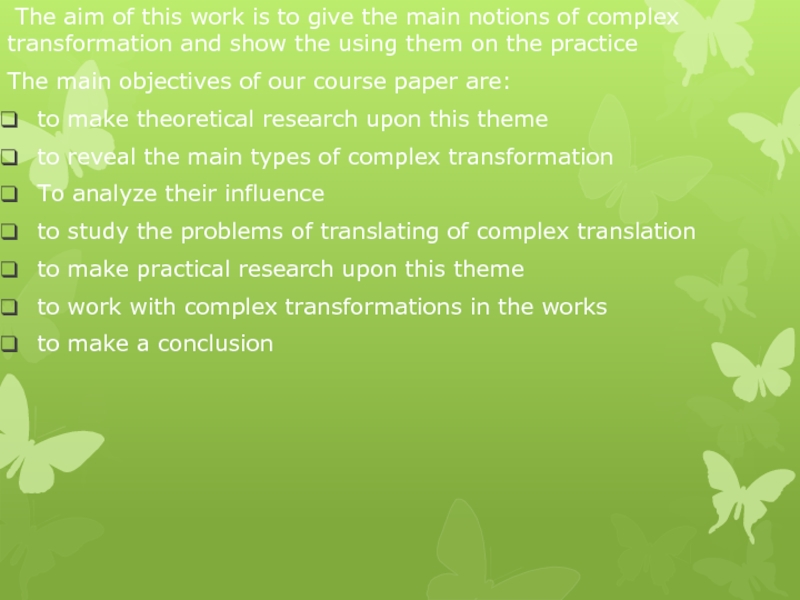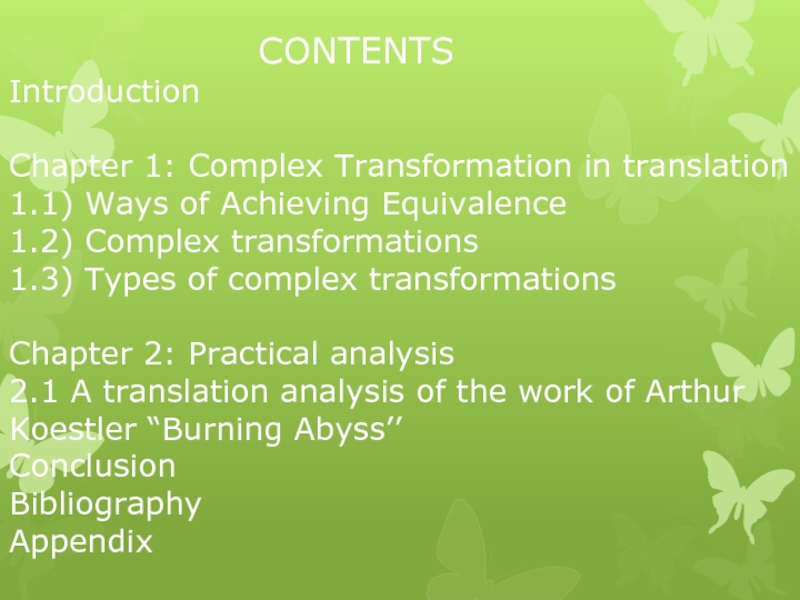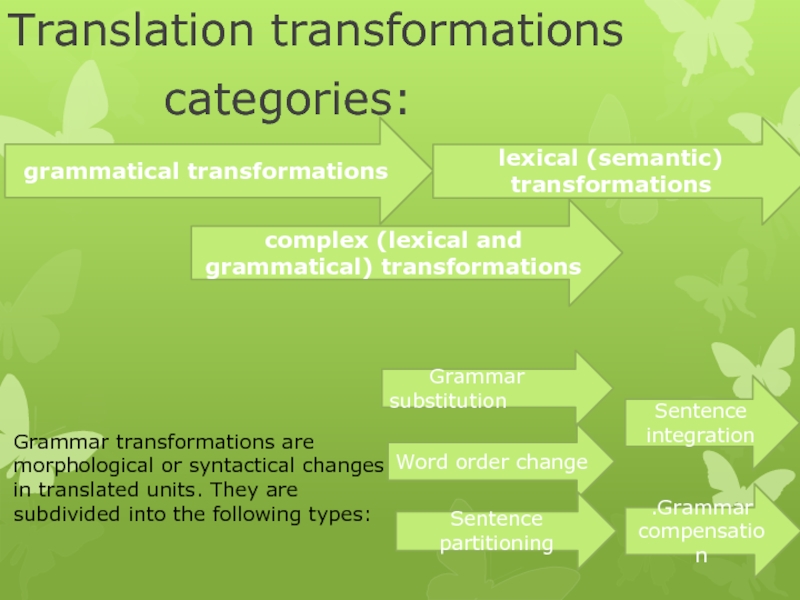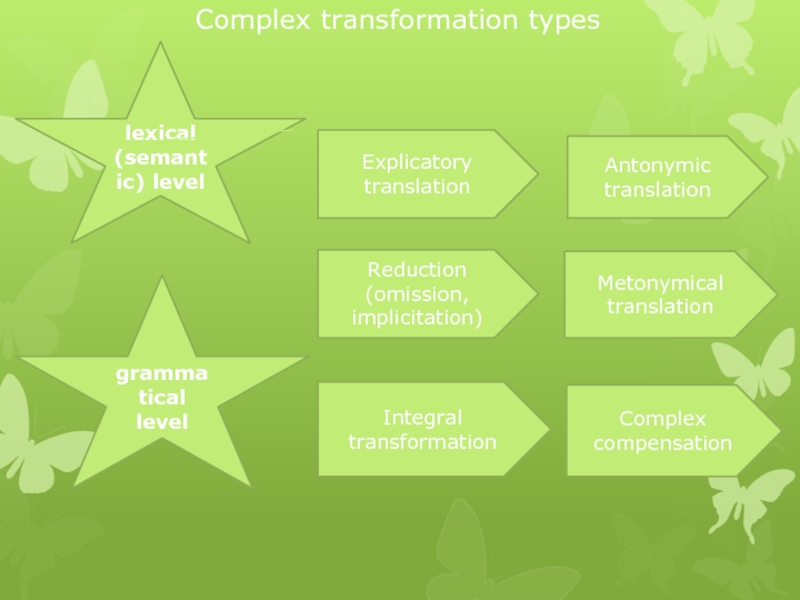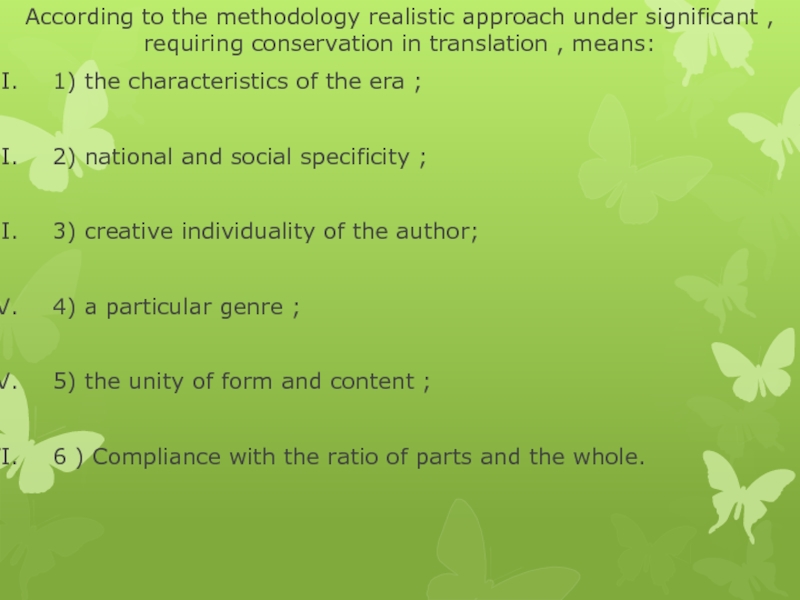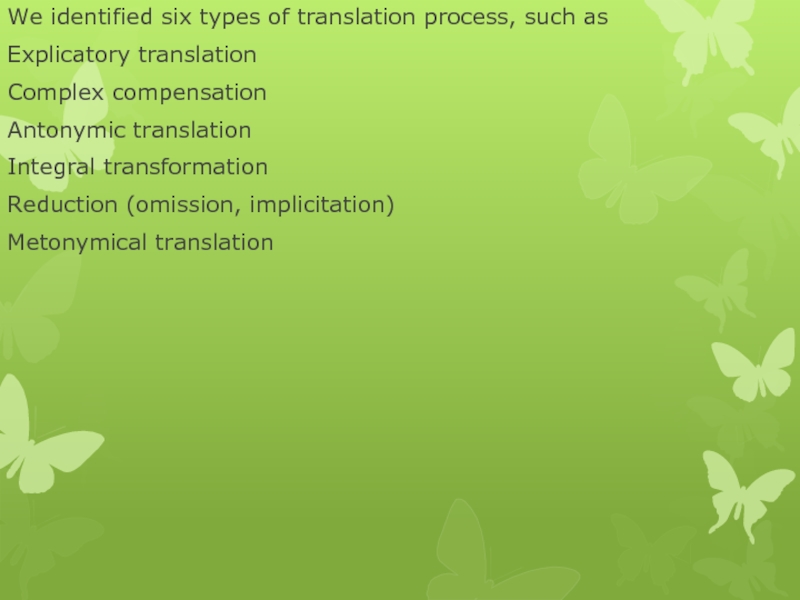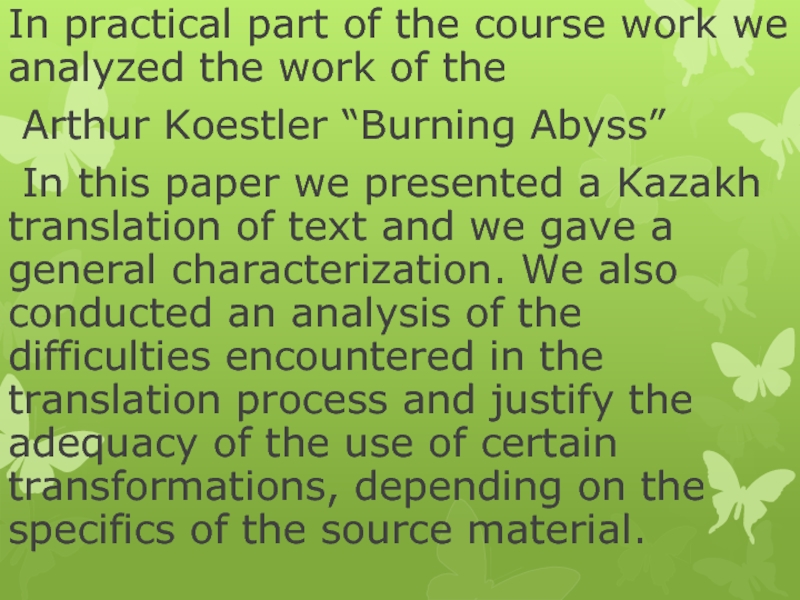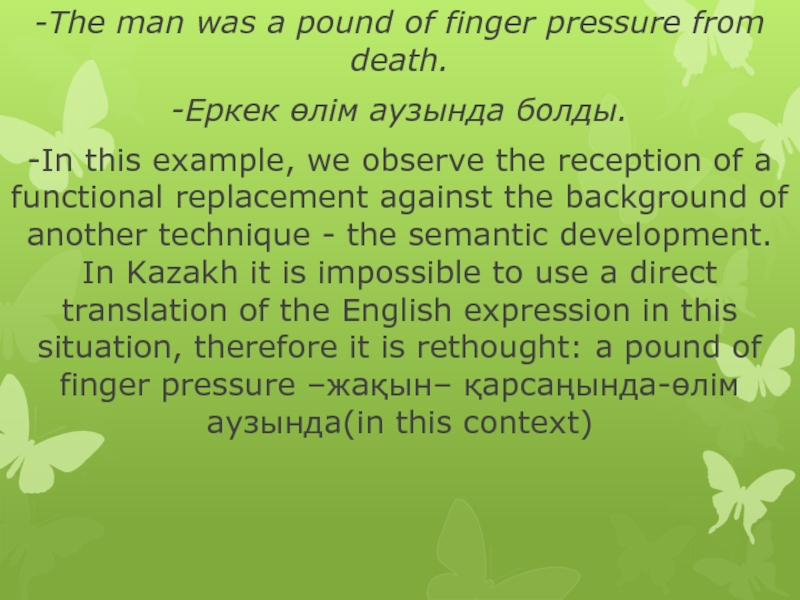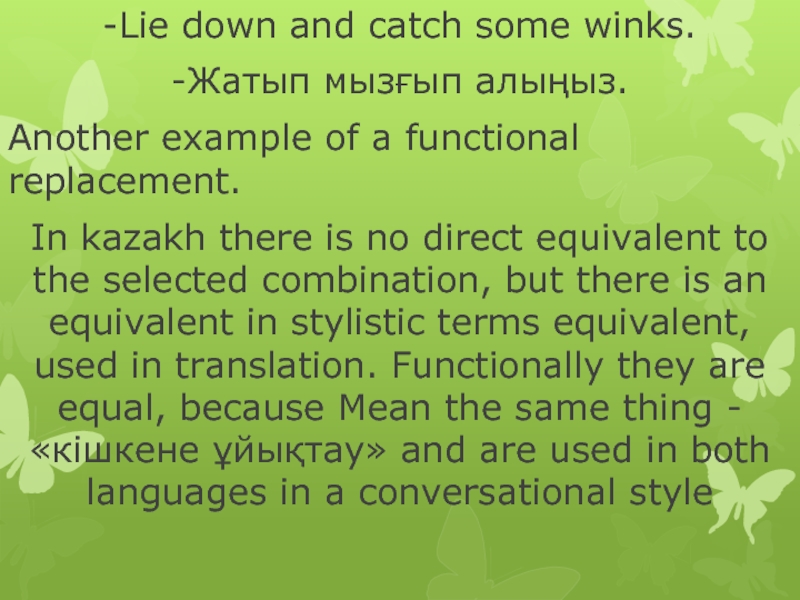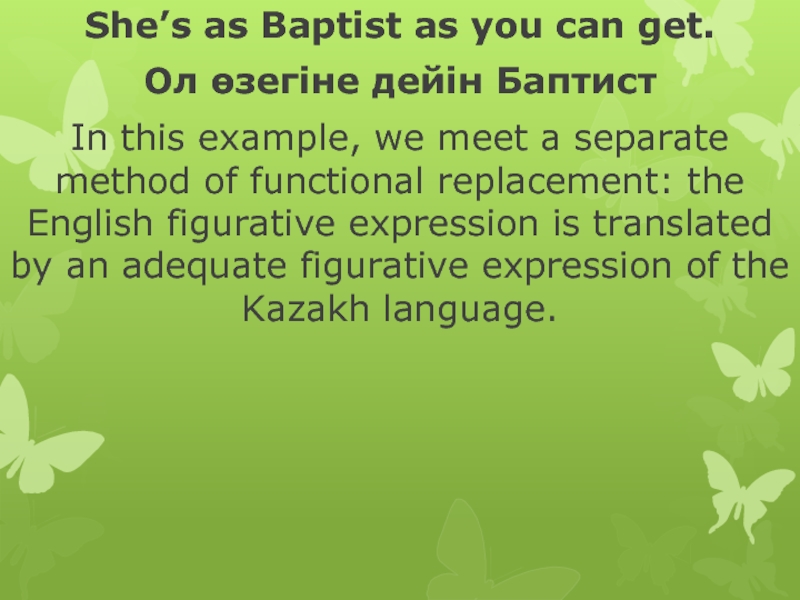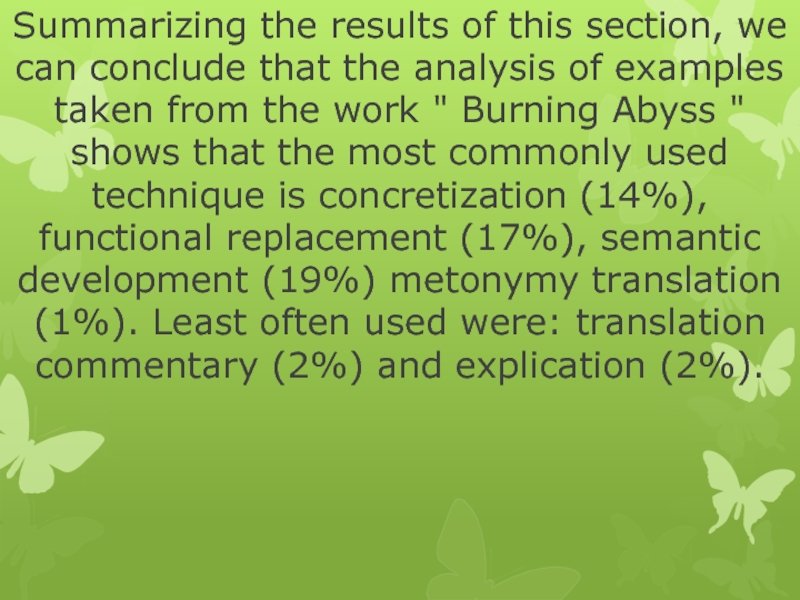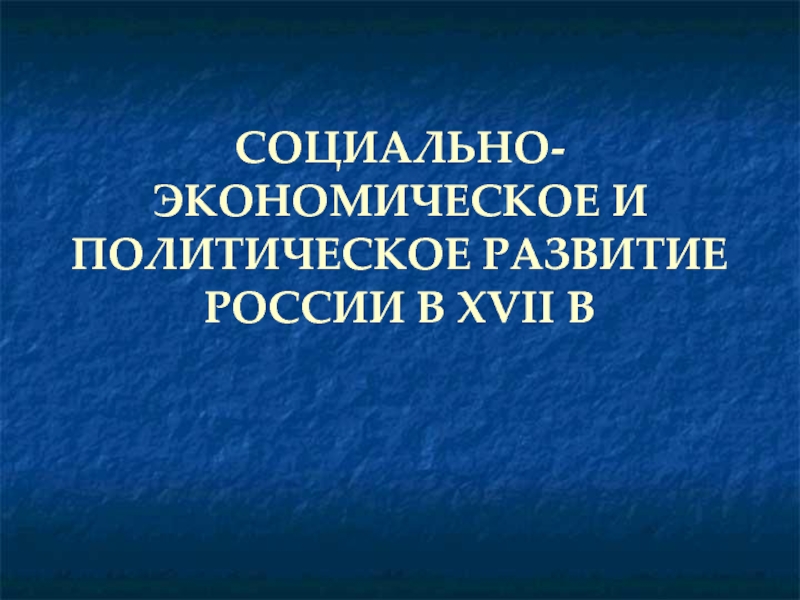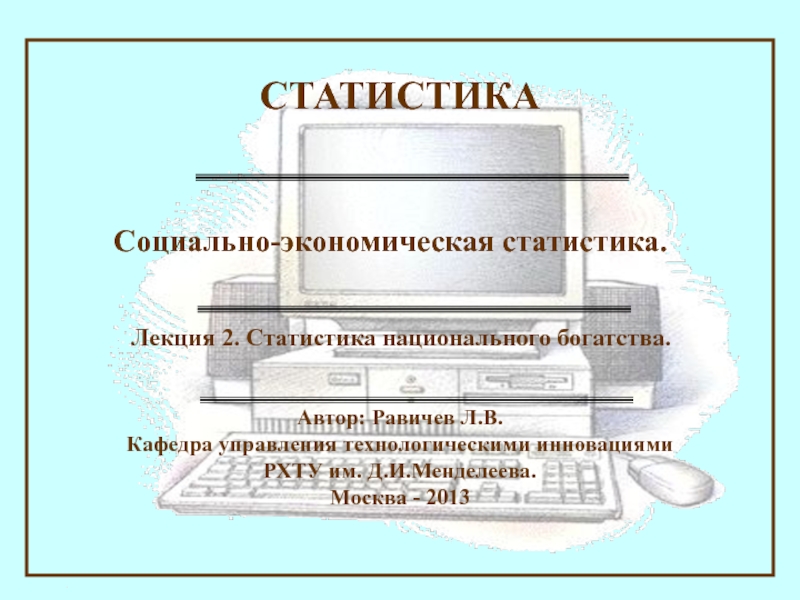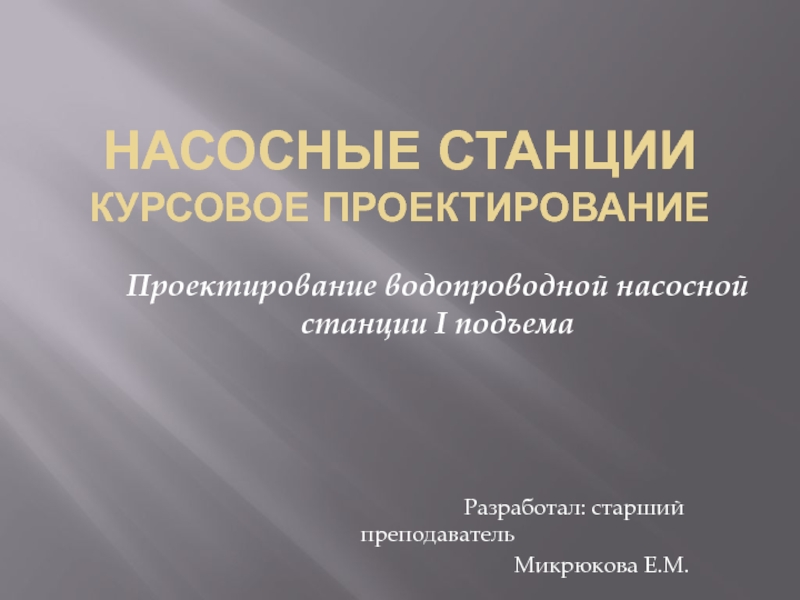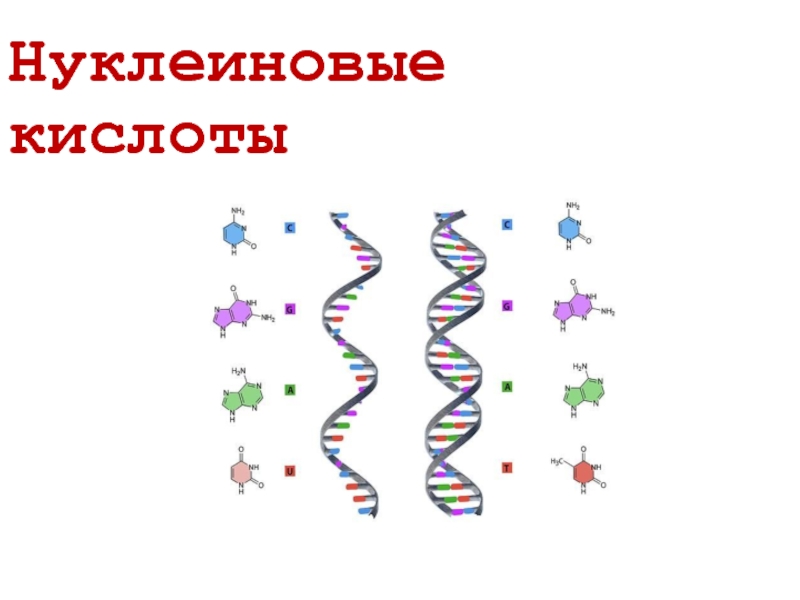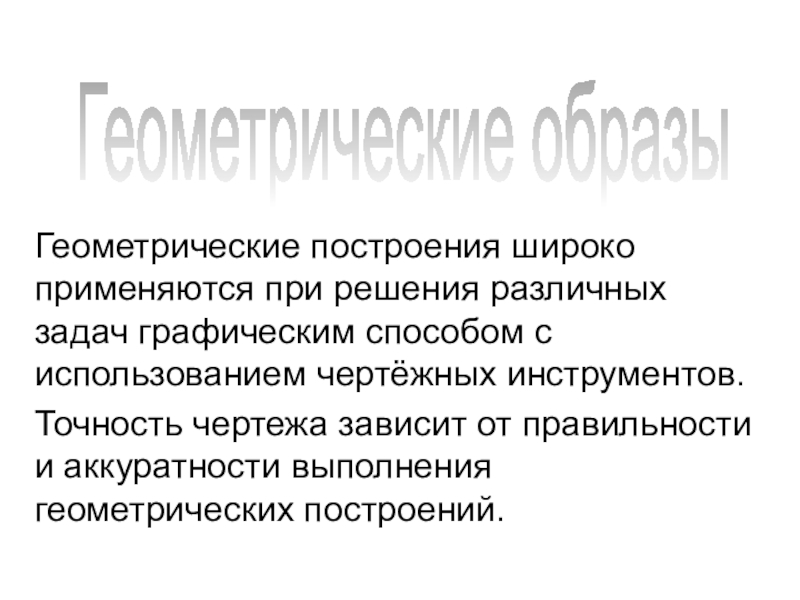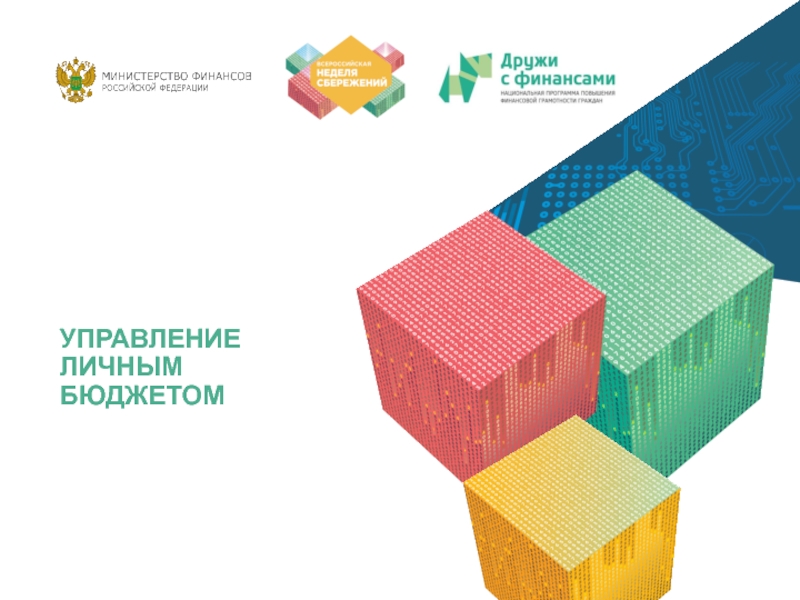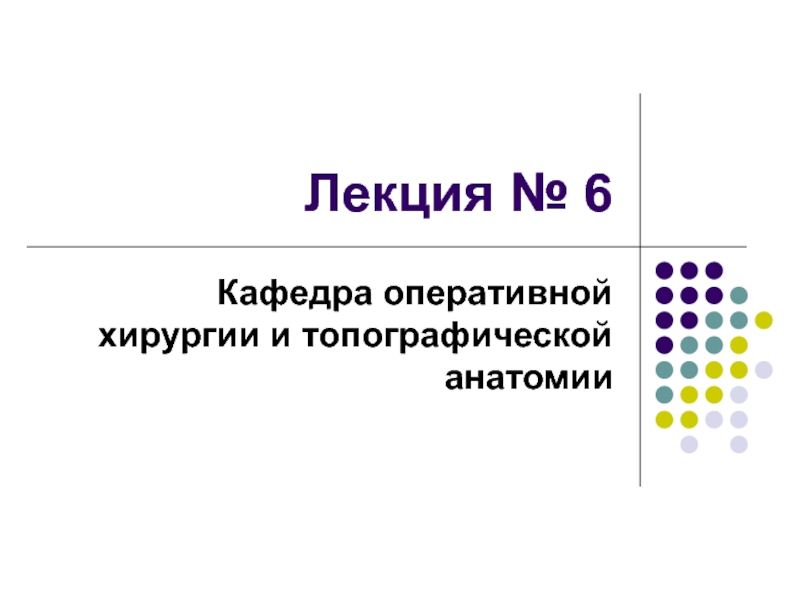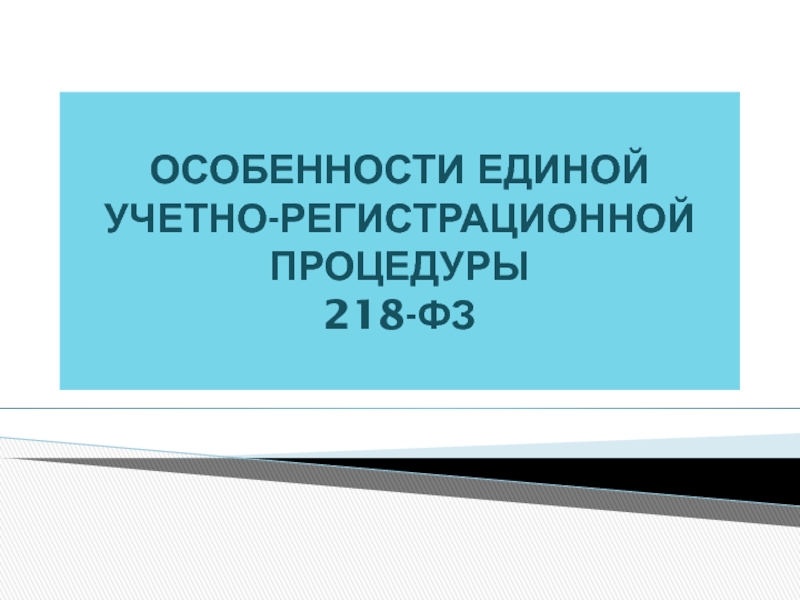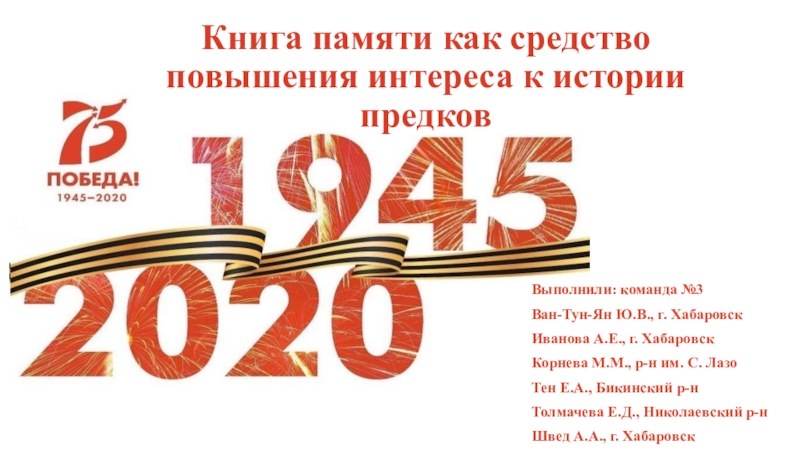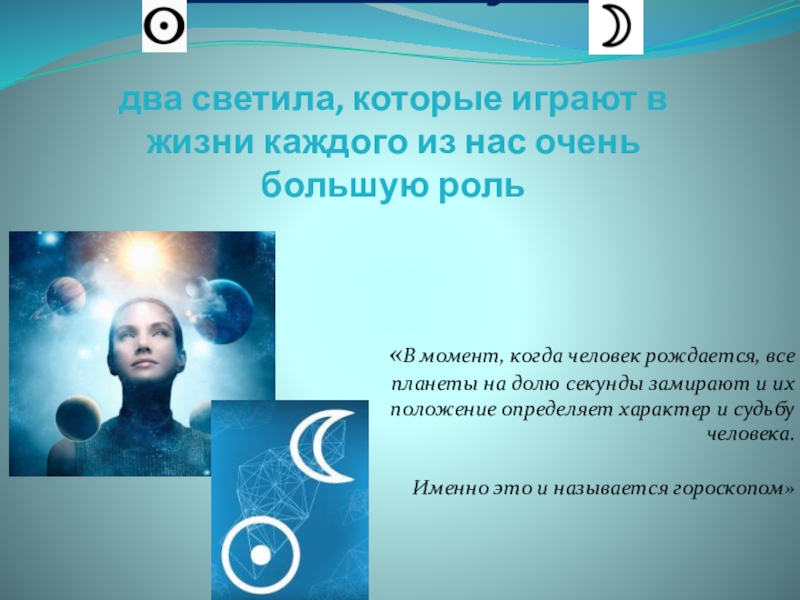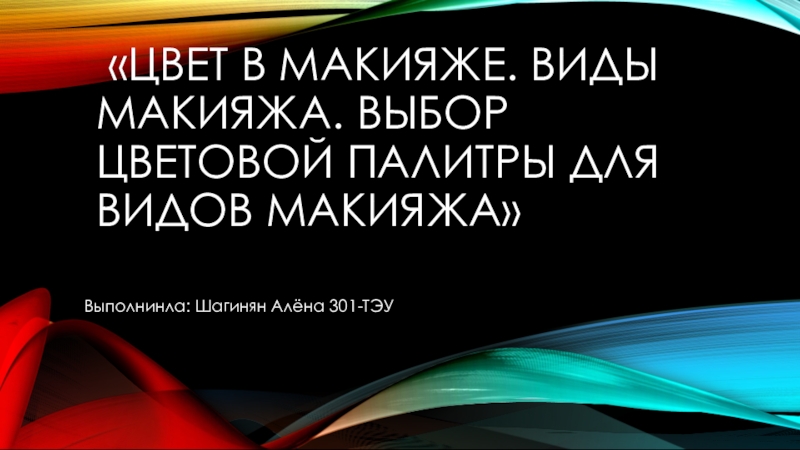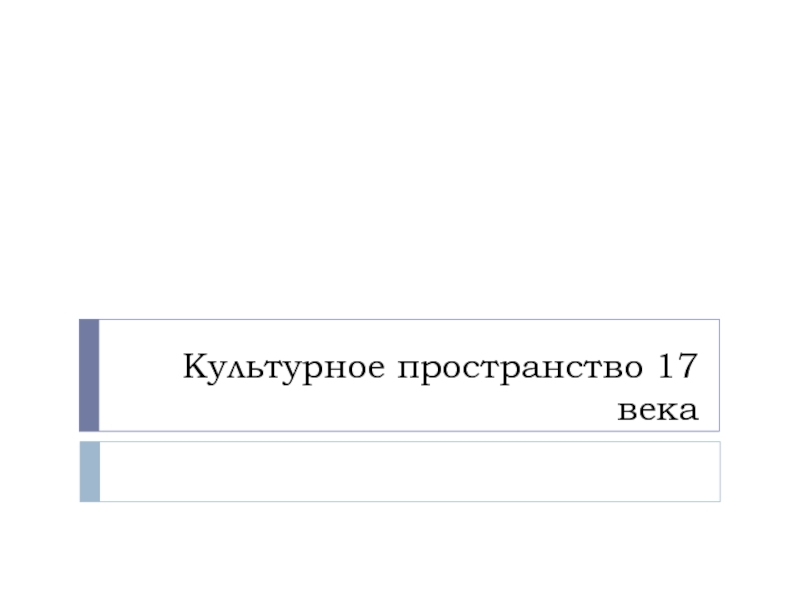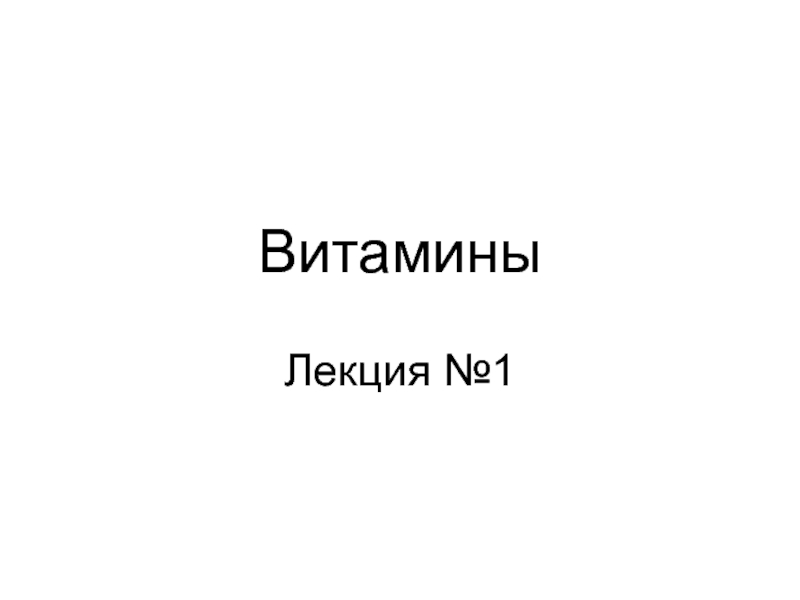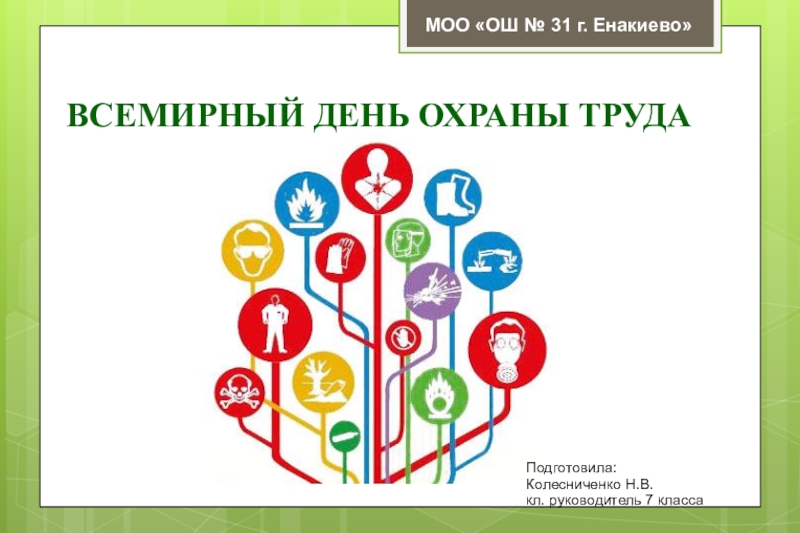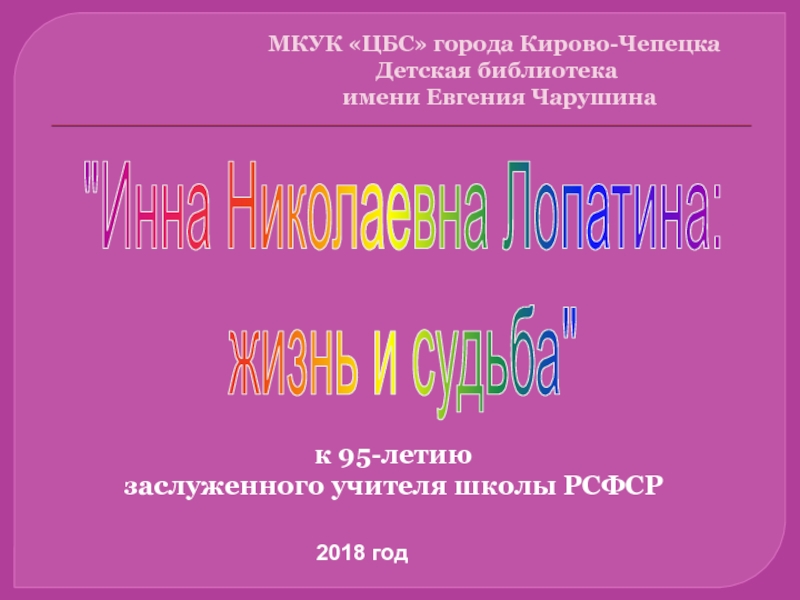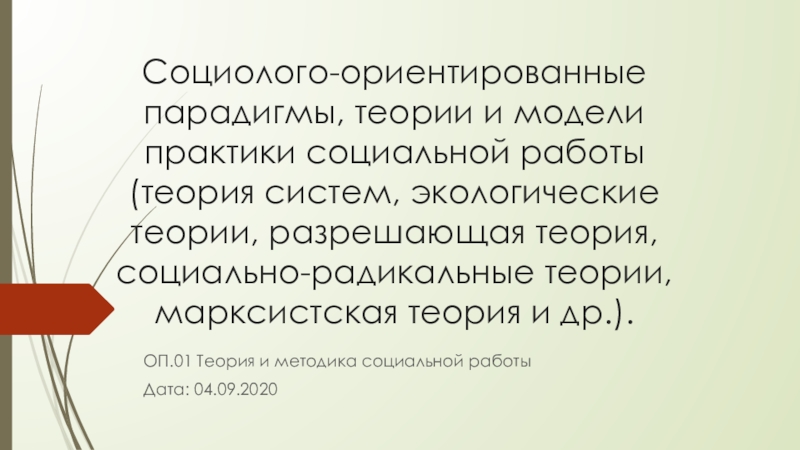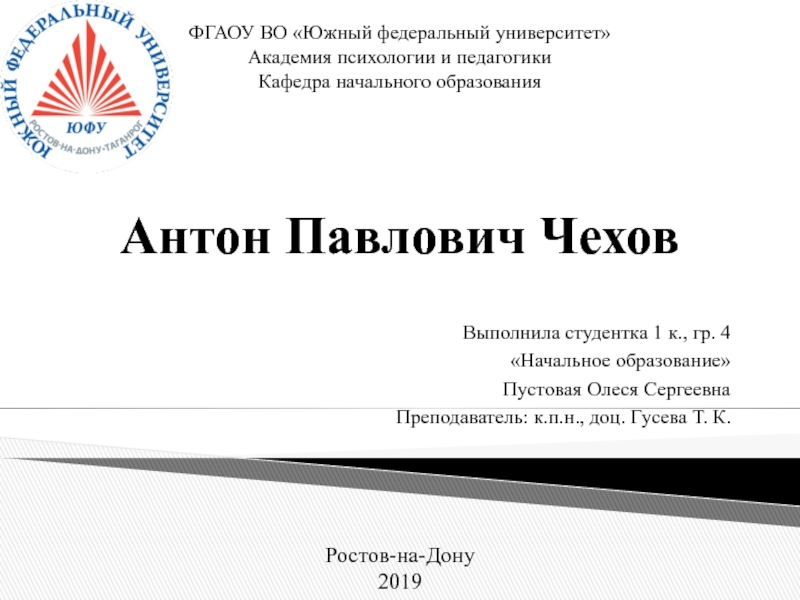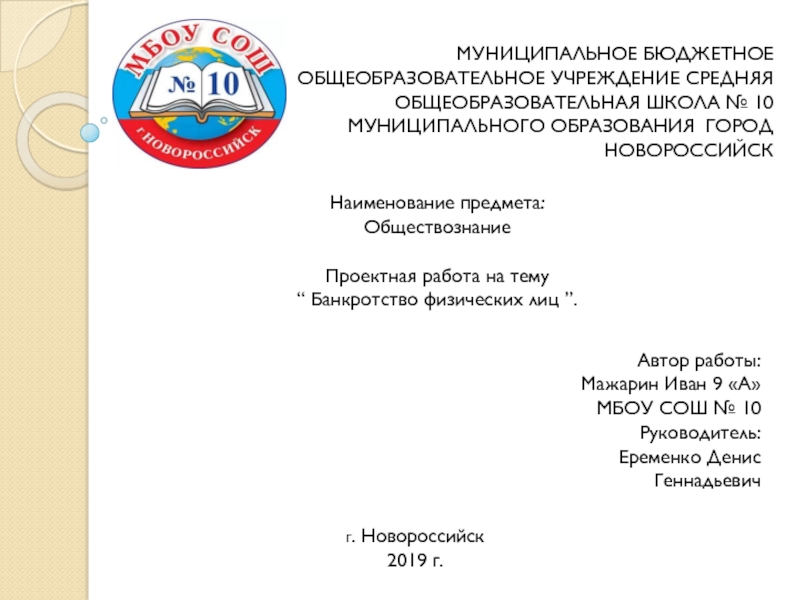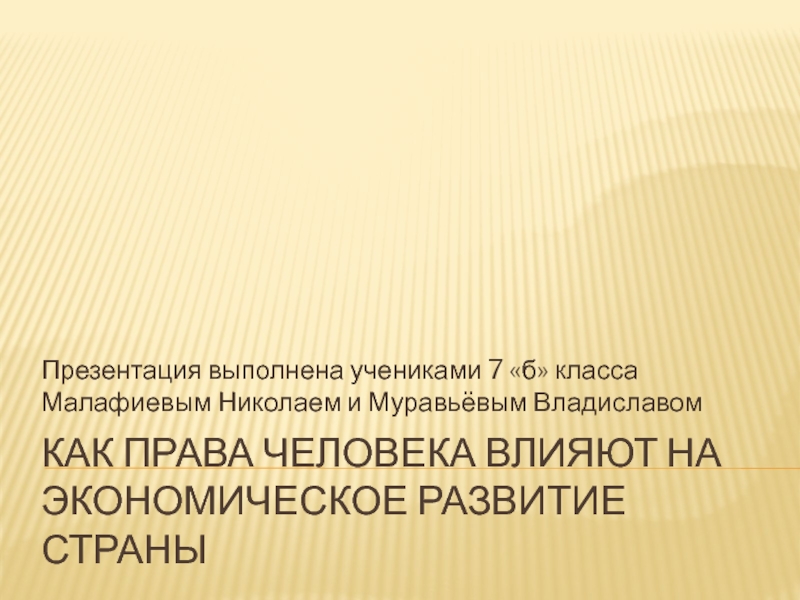Разделы презентаций
- Разное
- Английский язык
- Астрономия
- Алгебра
- Биология
- География
- Геометрия
- Детские презентации
- Информатика
- История
- Литература
- Математика
- Медицина
- Менеджмент
- Музыка
- МХК
- Немецкий язык
- ОБЖ
- Обществознание
- Окружающий мир
- Педагогика
- Русский язык
- Технология
- Физика
- Философия
- Химия
- Шаблоны, картинки для презентаций
- Экология
- Экономика
- Юриспруденция
The theme of the given course work is
Содержание
- 1. The theme of the given course work is
- 2. The aim of this work is
- 3. Слайд 3
- 4. Translation transformations
- 5. Слайд 5
- 6. According to the methodology realistic approach under
- 7. We identified six types of translation process,
- 8. In practical part of the course work
- 9. -The man was a pound of finger
- 10. -Lie down and catch some winks. -Жатып
- 11. …you know how it is when you’re
- 12. She’s as Baptist as you can get.Ол
- 13. Summarizing the results of this section, we
- 14. Слайд 14
- 15. Скачать презентанцию
The aim of this work is to give the main notions of complex transformation and show the using them on the practiceThe main objectives of our course paper are:to make
Слайды и текст этой презентации
Слайд 2 The aim of this work is to give the
main notions of complex transformation and show the using them
on the practiceThe main objectives of our course paper are:
to make theoretical research upon this theme
to reveal the main types of complex transformation
To analyze their influence
to study the problems of translating of complex translation
to make practical research upon this theme
to work with сomplex transformations in the works
to make a conclusion
Слайд 3
CONTENTS Introduction Chapter 1: Complex Transformation in translation 1.1) Ways of Achieving Equivalence 1.2)
Complex transformations 1.3) Types of complex transformations Chapter 2: Practical analysis 2.1 A translation analysis of the work of Arthur Koestler “Burning Abyss’’ Conclusion Bibliography AppendixСлайд 4Translation transformations
categories:
grammatical transformations
lexical (semantic)
transformations
complex (lexical and grammatical) transformations
Grammar transformations are morphological or syntactical
changes in translated units. They are subdivided into the following types: Grammar substitution
Word order change
Sentence partitioning
Sentence integration
.Grammar compensation
Слайд 5
Complex transformation types
lexical (semantiс) level
grammatical level
Explicatory translation
Reduction (omission,
implicitation)Integral transformation
Antonymic translation
Metonymical translation
Complex compensation
Слайд 6According to the methodology realistic approach under significant , requiring
conservation in translation , means:
1) the characteristics of the era
;2) national and social specificity ;
3) creative individuality of the author;
4) a particular genre ;
5) the unity of form and content ;
6 ) Compliance with the ratio of parts and the whole.

